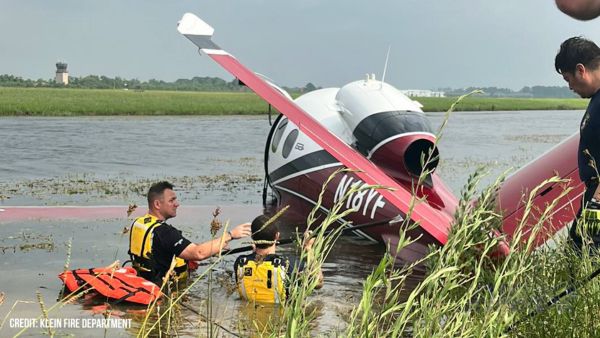'Ride The Light' And Advanced Battery Projects Get Funding For
Future Development
 NASA has selected what is says are
two "game-changing" space technology projects for development. The
selections are part of the agency's efforts to pursue revolutionary
technology required for future missions, while proving the
capabilities and lowering the cost of government and commercial
space activities.
NASA has selected what is says are
two "game-changing" space technology projects for development. The
selections are part of the agency's efforts to pursue revolutionary
technology required for future missions, while proving the
capabilities and lowering the cost of government and commercial
space activities.
"NASA's Game Changing Technology Development program uses a
rolling selection process to mature new, potentially transformative
technologies from low to moderate technology readiness levels --
from the edge of reality to a test article ready for the rigors of
the lab," said Space Technology Director Michael Gazarik at NASA
Headquarters in Washington. "These two new projects are just the
beginning. Space Technology is making investments in critical
technology areas that will enable NASA's future missions, while
benefiting the American aerospace community."
The "Ride the Light" concept seeks to provide external power on
demand for aerospace vehicles and other applications. The concept
uses beamed power and propulsion produced by commercially available
power sources such as lasers and microwave energy. The project will
attempt to develop a low-cost, modular power beaming capability and
explore multiple technologies to function as receiving elements of
the beamed power.
This combination of technologies could be applied to space
propulsion, performance and endurance of unpiloted aerial vehicles
or ground-to-ground power beaming applications. Development of such
capabilities fulfills NASA's strategic goal of developing high
payoff technology and enabling missions otherwise unachievable with
today's technology.
NASA has awarded approximately $3 million for concept studies to
multiple companies during this first phase of the Ride the Light
project. Systems engineering and analysis during this first phase
of the Ride the Light project will be done by Teledyne Brown
Engineering in Huntsville, AL, Aerojet in Redmond, WA, ATK in
Ronkonkoma, NY, Carnegie Mellon University in Pittsburgh, PA,
NASA's Jet Propulsion Laboratory in Pasadena, CA, and Teledyne
Scientific, Boeing, and the Aerospace Corp., all located in Los
Angeles, CA. Following these studies, NASA expects to make an
implementation decision in 2013.
NASA also has selected Amprius Inc. of Menlo Park, CA, to pursue
development of a prototype battery that could be used for future
agency missions. Amprius is teaming with JPL and NASA's Glenn
Research Center in Cleveland on the project, with an estimated
value of $710,000 for one year of development.
The Amprius project will focus on the material optimization of
silicon anodes and electrolyte formulation to meet the agency's
low-temperature energy requirements. Amprius developed a unique
ultra-high capacity silicon anode for lithium ion batteries that
will enable NASA to dramatically improve the specific energy of
mission critical rechargeable batteries. NASA requirements are
unique because of the extremely low temperatures encountered in
space.
 Aero-News: Quote of the Day (05.25.24)
Aero-News: Quote of the Day (05.25.24) Airborne 05.22.24: NS-25 Chute Failure, #HonorTheWASP, SkyCourier 'Combi'
Airborne 05.22.24: NS-25 Chute Failure, #HonorTheWASP, SkyCourier 'Combi' Aero-News: Quote of the Day (05.26.24)
Aero-News: Quote of the Day (05.26.24) ANN's Daily Aero-Linx (05.26.24)
ANN's Daily Aero-Linx (05.26.24) Klyde Morris (05.24.24)
Klyde Morris (05.24.24)



